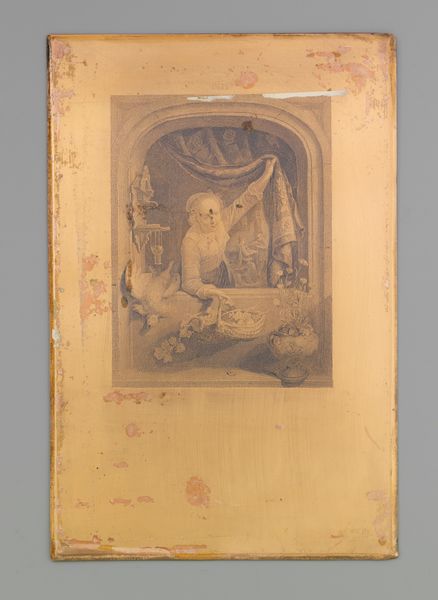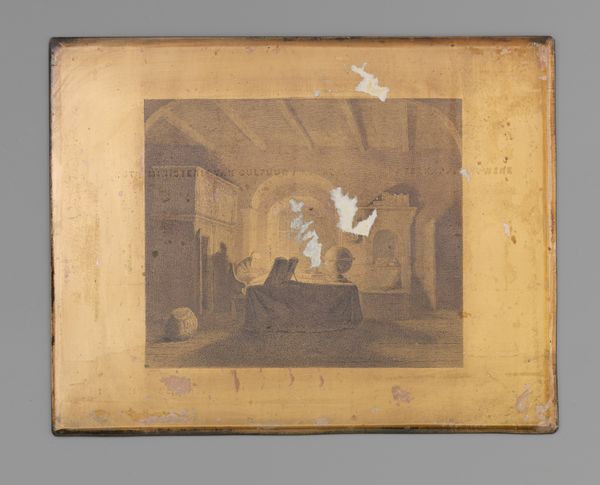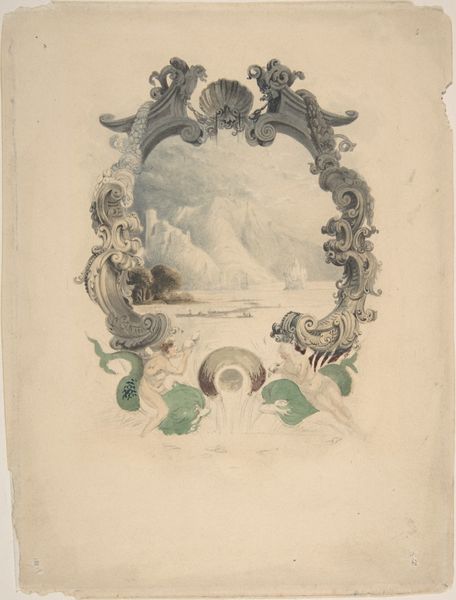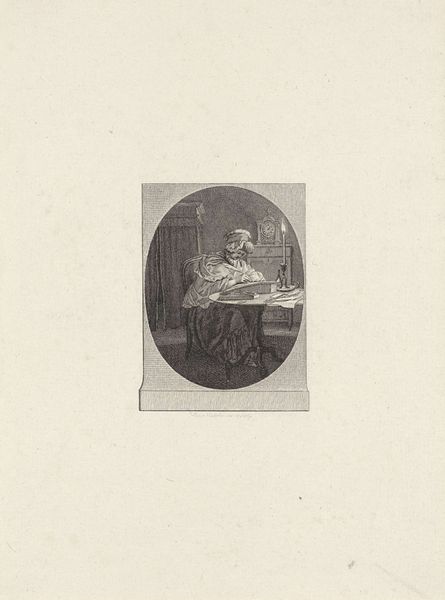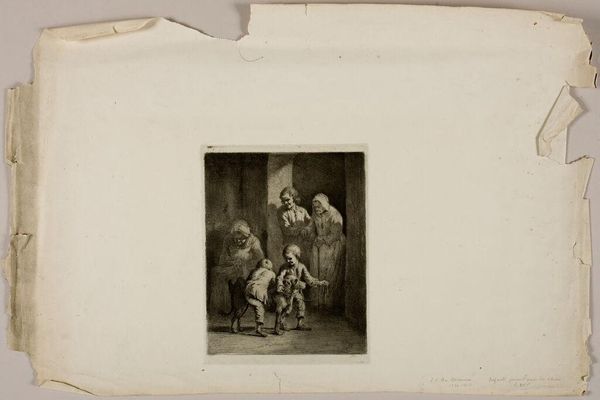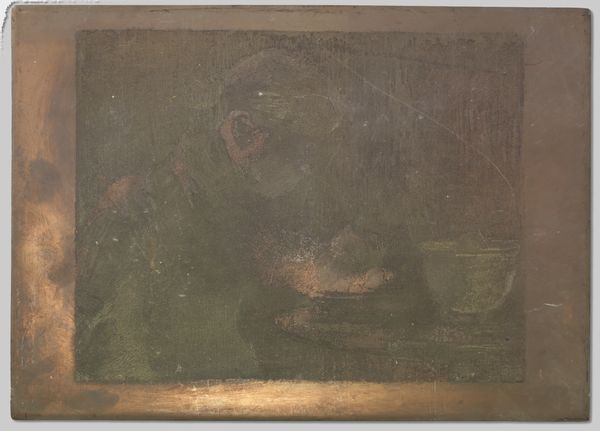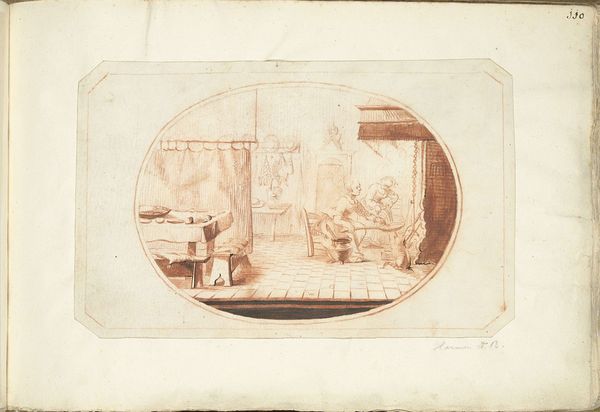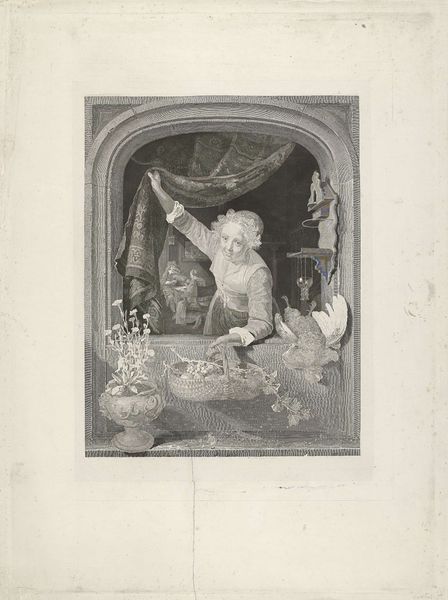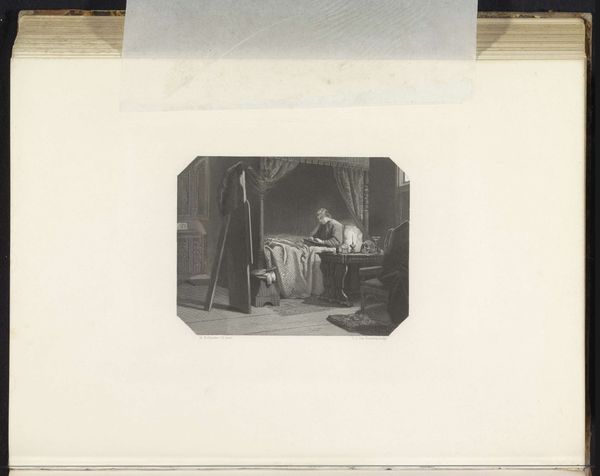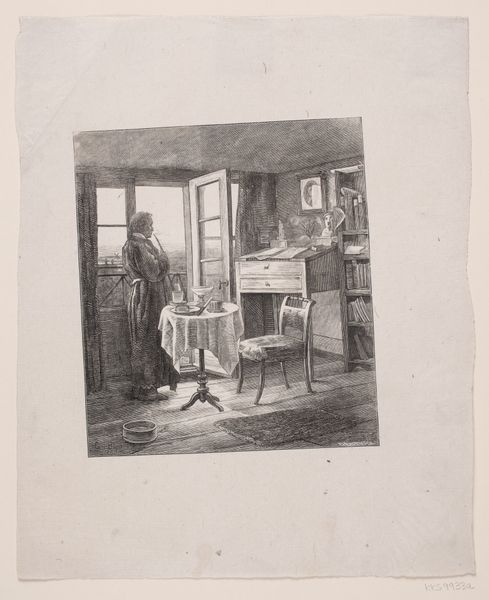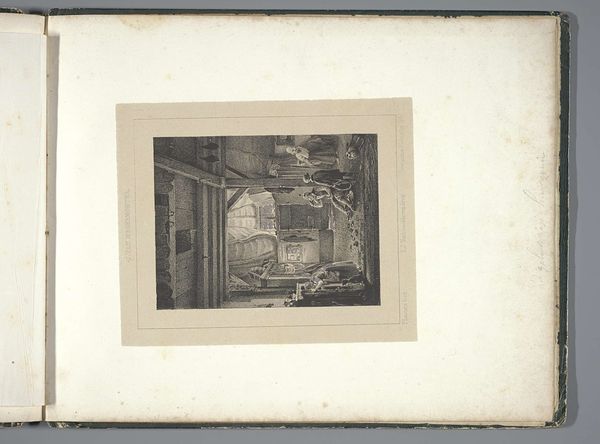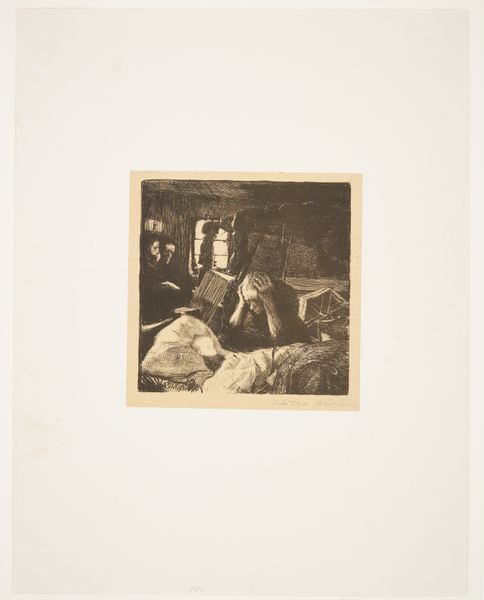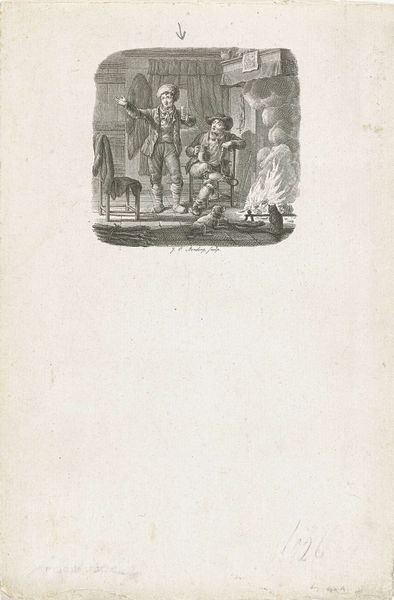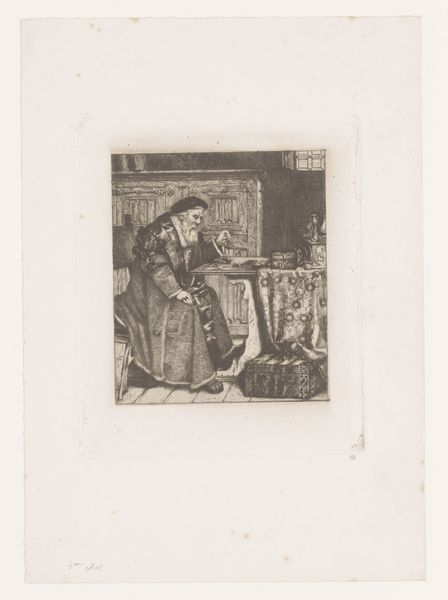
Dimensions: 112 x 144 cm
Copyright: Public domain
Editor: So, this is Jean-Baptiste-Siméon Chardin’s "The Instruments of Military Music," from 1767, rendered in oil paint. It's a captivating still life, and my initial thought is how opulent and detailed the materials are. What's your perspective? Curator: Note how Chardin is elevating the status of these ordinary military instruments, transforming them into objects worthy of aesthetic consideration through the careful depiction of their materials. Consider the materiality of warfare and its connection to the French state at this moment in history. Editor: So, you are talking about the labor involved in their manufacture, as well? Curator: Exactly. Think about the social context: the production and use of these instruments are intertwined. These aren't just aesthetic objects. The painting is also indirectly depicting the sounds and labor of war by depicting the tools with which this labor is "produced." Consider the global scale of material extraction present even here. Editor: That's fascinating! So the canvas itself, the paint, even the pigments are also tied to material production. Curator: Precisely! It also disrupts traditional art historical categories; this artwork isn't a grand history painting but a collection of military objects arranged for our contemplation. Consider the blurring of "high art" and "craft" through the labor represented, however obliquely, here. It seems to imply that military conflict rests, quite literally, on carefully, beautifully produced "things." Editor: I never would have considered all of that just by looking at it. Curator: And notice that even with all those elements, there is a sense of restraint here too! Now, where is Chardin himself situated, as a part of this same system of labor, materiality, and cultural meaning-making? That is worth exploring, too. Editor: Thanks, I’m glad I’m learning so much about new ways to appreciate how artworks get produced and achieve meaning.
Comments
No comments
Be the first to comment and join the conversation on the ultimate creative platform.
